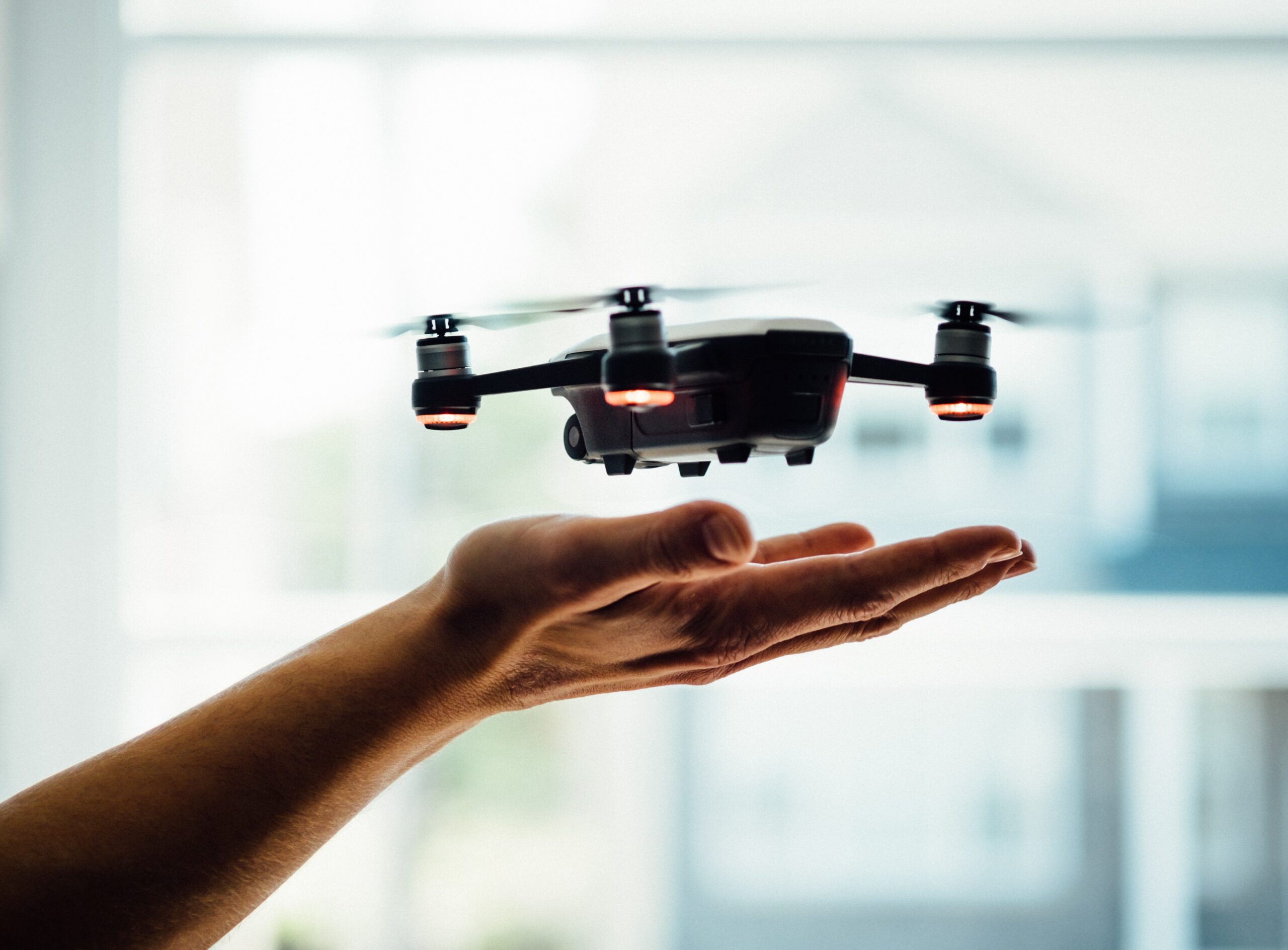
The invention of IoT is a game changer in marketing and daily business operations. However, as much as there is so much hype surrounding the technology, 48% of businesses still can’t detect and mitigate risks when their IoT systems suffer a breach. Moreover, there is a growing concern about who should take responsibility for IoT environments. Today, 95% of businesses that leverage IoT in their operations calls for uniform regulations that will bolster the IoT industry and streamline maintenance and monitoring.
IT monitoring is complex and the above statistics can be discouraging, however, it’s still no rocket science. At Tribe29, we help DevOps, IT managers and IT admins with IT monitoring on a daily basis, and in this article, we will share our secrets on how to stay one step ahead of the challenges of monitoring an IoT environment in your day-to-day business operations. Keep reading to stay one step ahead!
-
Users Need a Vast Scope of Resources to Monitor Their Systems
Unless you are outsourcing IoT monitoring and maintenance, doing it in-house can be pretty daunting. IT departments need to sort huge chunks of data sent and processed between devices. The need to do this quickly while pointing out pieces of data that downplay performance and pose greater risks at the network level. At the same time, businesses should optimize connected devices on the go and anticipate any forthcoming failures before they happen.
From a realistic point of view, this can be pretty overwhelming to small businesses. The cost-to-benefit ratio doesn’t add up, especially in highly competitive markets. Moreover, regulatory monitors for sensors can also be pretty costly. For these reasons, many small businesses end up frustrating their customers instead of offering real-time solutions as intended by the underlying IoT connection.
-
Complex Connections in the Infrastructure
The existing IoT landscape is vast, thanks to billions of interlinked devices. However, they only provide a snap of data that requires a high level of expertise and lab systems to analyze. Similarly, integration can also be challenging for businesses implementing the tech for the first time. For instance, you may not integrate multiple sensors on a single board. Even if you’re going to do that, you must strike an optimum balance between power, latency, and cost in order to leverage, monitor, and maintain the tech in a real environment.
It’s also worth noting that you cannot avoid future integrations in the IoT system after setting up the infrastructure. Smoke, gas, proximity, and temperature sensors have relatively shorter lifespans of up to three years. This means you’ll need to replace them frequently.
-
Heightened Security Risks
Security issues in IoT systems emanate from both hardware and software perspectives. These issues heighten as the network expands because every new device joining the chain presents a potential entry point for the bad guys. Even one compromised device is enough to make an entire network that consists of millions of devices vulnerable. Moreover, securing protocols before integrating new devices can be costly for small businesses.
IoT Offers Businesses Irrefutable Gains
IoT systems allow businesses to access and leverage real-time consumer data for proactive marketing and business development strategies. This tech also presents new business opportunities for like-minded entrepreneurs. However, IoT environments need efficient and constant monitoring to optimize human resources and enhance safety in operations. Remote monitoring also minimizes the time taken to spot, analyze, and mitigate critical assets and processes in IoT environments.